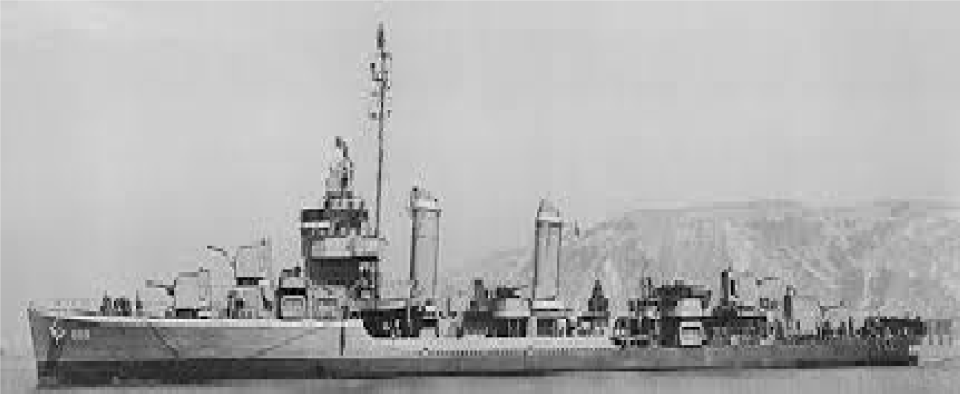More positive indications on US security guarantees are welcome. But the US president still believes in personal diplomacy with a Russian leader who has yet to even hint of concessions.
President Donald Trump hosted President Zelenskyy for the second time in the Oval Office in Washington on Monday. This time the tone, setting and line-up differed dramatically from the public humiliation Zelenskyy suffered in February. The presence of leaders from the UK, Germany, France and Italy was a notable display of European solidarity with Ukraine, intended to prevent another calamitous outcome and preserve Transatlantic unity. It was also important to ensure that President Trump did not force Ukraine into making unnecessary concessions, following Friday’s inconclusive summit with Russian President Vladimir Putin.
After that meeting in Alaska, overwhelmingly described in US and global media as a victory for Putin, Trump needed a diplomatic win. It was clear that nearly nothing had been agreed in Anchorage, with Trump forced to admit afterwards there are ‘a couple of big ones’ (points) that were left unresolved.
There was no disclosure of what these points might be, but it is safe to assume they include the status of Ukrainian territories, the role of the US and other NATO member states in guaranteeing Ukraine’s security post-war – and the possibility of a bilateral meeting between Putin and Zelenskyy.
One of the only significant outcomes of the Alaska summit was a gain for Russia: Trump’s backtracking on the need for an unconditional ceasefire before launching a genuine, high-level diplomatic track towards a final peace deal.
Putin’s motives
Europeans know that Putin is pushing a comprehensive peace agreement in order to draw out negotiations with demands to address the ‘root causes’ of the conflict, while continuing the war against Ukraine. In Putin-speak, addressing ‘root causes’ means restricting NATO’s presence in Eastern Europe and allowing Russia to define the limits of Ukraine’s sovereignty.
European leaders know that this is a no-go. That is why both German Chancellor Friedrich Merz and French President Emmanuel Macron urged President Trump to put pressure on Putin to establish a ceasefire ahead of the next meeting. But this appeal seems to be falling on deaf ears.
Trump is pushing for a bilateral meeting between Putin and Zelenskyy at least in part in the hope of securing a Nobel Peace Prize nomination. Zelenskyy has stated his readiness to meet, to please the US president – even though he knows that such a meeting could be used by Putin to accuse Ukraine of obstructing Trump’s wishes. Putin’s goal throughout all negotiations is to have the US abandon Kyiv and deliver a reset with Moscow.
Russia is also uncertain about the benefits of a presidential summit: the Kremlin has not yet publicly confirmed readiness to meet Zelenskyy. Putin has spent years describing Ukraine’s president as an illegitimate leader of a country that should not exist in the first place. Agreeing to meet therefore risks being perceived as weakness on his part, particularly to his ultra-patriotic constituencies and military and security elites.
And the Russian leadership demonstrates no willingness to back down on its demands, knowing in advance (after two rounds of talks in Turkey) that they are unacceptable for Ukraine. Russian Foreign Minister Sergey Lovrov again stated that there could be no lasting peace agreement without taking into account ‘Russian security interests’, the rights of Russian speakers in Ukraine and that the peace settlement should not be a pretext to prepare Ukraine for war.
What Kyiv needs
One positive piece of news from the Washington summit is the US signalling its readiness to participate in providing Ukraine’s security. Details are scarce, but President Trump has floated the idea of the US participating in the air. US involvement could be a game-changer for the aim of the ‘coalition of the willing’ to provide a reassurance force inside Kyiv-controlled territories, as guarantors of any ceasefire line or peace deal.
Reports indicate that US State Secretary Marco Rubio will lead a working group to design collective security guarantees for Ukraine – though outside of NATO. Measures to be discussed include an international military presence inside Ukraine, boosted air defenses, reconstitution of the Ukrainian army, and how to monitor a ceasefire.
The details should be developed in as little as 10 days. However, the chances of this track collapsing are high, especially if the Russians signal their discontent directly to Trump.
Kyiv has already signed over 30 bilateral security agreements, including a 10-year agreement with the US. These essentially provide access to funding and military cooperation arrangements.
What Ukraine needs now is a mechanism that provides defense in case Russia decides to mount another attack following the end of hostilities. Since Russia is a nuclear state, Ukraine’s security protection must include other nuclear powers.
The big question remains: can Putin be forced to accept and abide by a security arrangement for Ukraine? The type of forces deployed in Ukraine, whether a peacekeeping or reassurance force, remains a contentious issue: Trump has again committed not to deploy US troops on the ground. And Putin’s spokesperson from the Foreign Ministry already ruled out the use of NATO member-states’ troops in Ukraine. Even if European countries do not participate under the NATO flag, Russia is likely to veto the idea.
Trump’s belief
Trump’s peace-making strategy largely hinges on his personal belief that Putin wants to make a deal with him. As Anchorage demonstrated once again, President Trump still refuses to put any pressure on Russia to negotiate in earnest.
The question now is whether the relative goodwill shown in Washington will endure.
This is a highly risky gamble, and that is why the President of Finland was at the table in Washington. His country shares a long border with Russia. It has fought over 30 wars and skirmishes with this neighbour throughout its history. Finns, like Ukrainians, know that the Russian army only stops when it cannot move forward. Personal promises, agreements or reassurances will not do. Only iron-clad collective deterrence, with the participation of the US, can hold off the Russian threat to Europe.
That is what Ukraine is working towards with Team US and Team Europe. The question now is whether the relative goodwill shown in Washington will endure – or whether Putin can exploit Trump’s belief in the strength of their relationship to obstruct this effort and to prise the US away from Europe’s side.
Chatham House – International Affairs Think Tank

